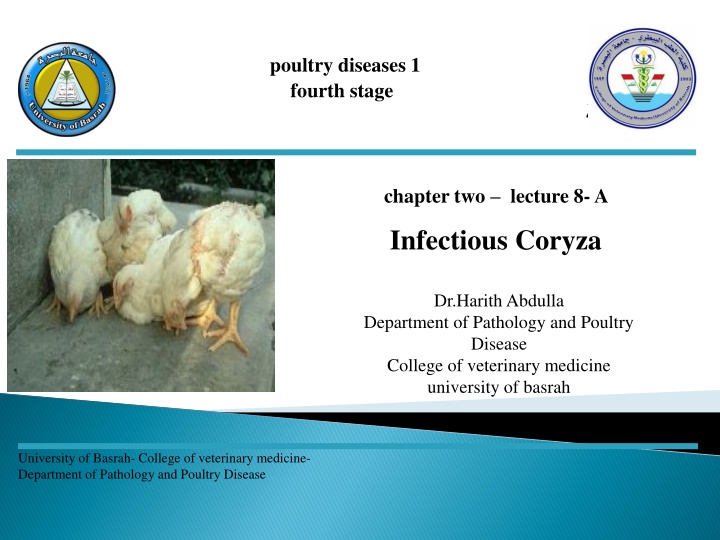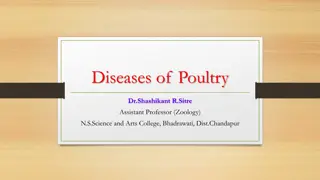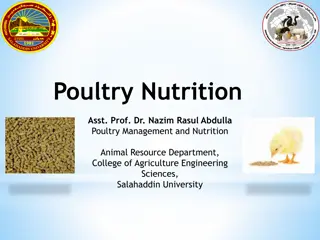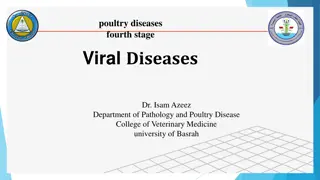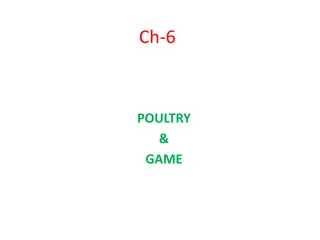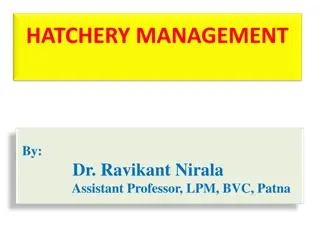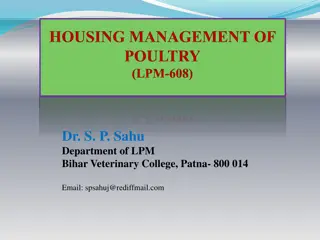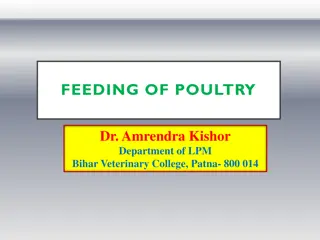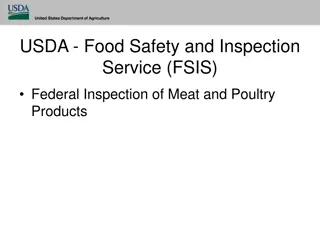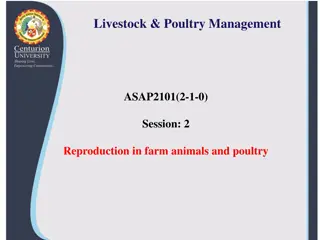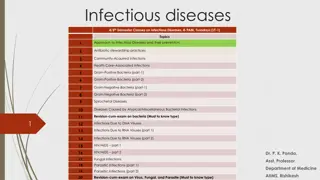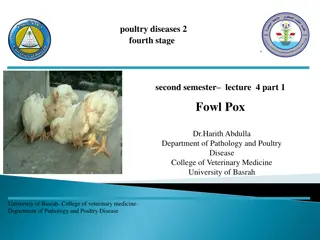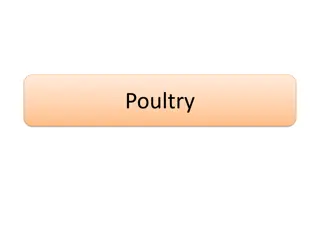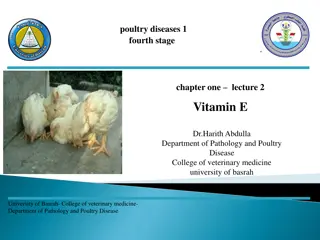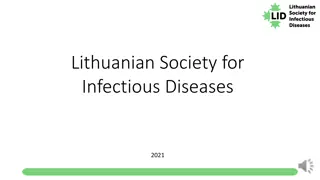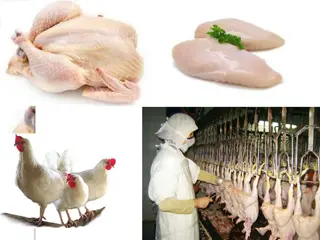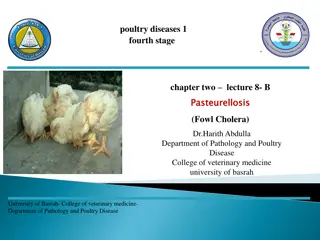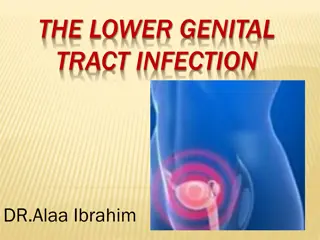Infectious Coryza in Poultry: Causes and Symptoms
Infectious coryza is an acute respiratory disease in poultry caused by Hemophilus paragallinarum. Chickens aged 14 weeks and older are most susceptible. The disease spreads rapidly and presents with symptoms like watery discharge from nostrils, swollen face, and rattling noises. Diagnosing includes examining exudates and symptoms, with treatment involving sulfathiazole.
Download Presentation

Please find below an Image/Link to download the presentation.
The content on the website is provided AS IS for your information and personal use only. It may not be sold, licensed, or shared on other websites without obtaining consent from the author.If you encounter any issues during the download, it is possible that the publisher has removed the file from their server.
You are allowed to download the files provided on this website for personal or commercial use, subject to the condition that they are used lawfully. All files are the property of their respective owners.
The content on the website is provided AS IS for your information and personal use only. It may not be sold, licensed, or shared on other websites without obtaining consent from the author.
E N D
Presentation Transcript
poultry diseases 1 fourth stage chapter two lecture 8- A Infectious Coryza Dr.Harith Abdulla Department of Pathology and Poultry Disease College of veterinary medicine university of basrah University of Basrah- College of veterinary medicine- Department of Pathology and Poultry Disease
Coryza , Roup , Cold . Definition: Acute severe catarrhal inflammation of the mucous membranes of the upper respiratory tract. Chronic form also found. Etiology: Hemophilus paragallinarum Etiology:
Chickens( 14 ) weeks of age and older are most susceptible. Epizootiology: 1- Transmission through carrier. 2- Contact. 3- Contaminated water and feed. Epizootiology:
1-Rapid onset and rapid spread. 2-Thin watery discharge from nostrils becomes thick and sticky, with an offensive odor. The discharge becomes drying yellowish crusts around the nasal openings. 3-Sinuses filled with mucous, the mucous becomes dry cheesy causes bulging about the eye(Ocular Roup). 4- Rattling noises. 5- Sneezing, coughing and swollen face and wattles. 6-Affected birds shake their heads to get rid of mucous.
Acute: 1-Acute catarrhal inflammation of mucous membranes of the nasal passages and sinuses. 2- Catarrhal conjunctivitis. 3-Subcutaneous edema of the face and wattles. Acute: Chronic: Caseous exudates in the sinuses, nasal passages and conjunctival sacs. Chronic:
1-Sloughing and hyperplasia of the mucosal and glandular membrane. 2-Heterophilic infiltration of upper respiratory tract. Diagnosis: 1-History. 2-Symptoms: Particularly bad odor of exudates. Diagnosis:
1-Fowl Pox : Yellowish patches in the throat : Are easily removed in Roup , while in Pox they are adhered to the lower layer. 2-Chronic Fowl Cholera. 3-Vitamin A Deficiency . 4-CRD. Treatment: Sulfathiazole. Treatment:
